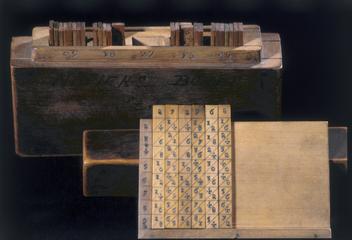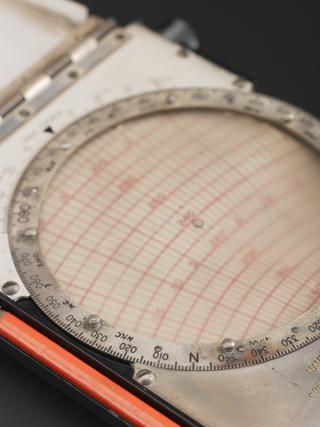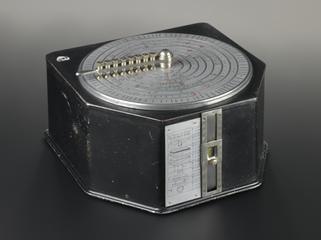
Dodecahedron
- maker:
- Charles Delagrave, Charles




Catalan collection of semi-regular polyhedra: dodecahedron, in plaster
After the five regular ‘Platonic’ solids, the next polyhedra, in order of complexity, are 13 semiregular solids credited to Archimedes. Eugene Catalan, a French mathematician, suggested the ‘duals’ of the Archimedean solids in 1865, thus introducing 13 more semiregular solids. A dual is created when the number of vertices and the number of faces are interchanged. These plaster models are a truncated tetrahedron and a triakis tetrahedron. They both have 18 edges. The first has 8 faces and 12 vertices, the second 12 faces and 8 vertices. Charles Delagrave made a complete set of Archimedean and Catalan solids for the Special Loan Exhibition of 1876.
Details
- Category:
- Mathematics
- Object Number:
- 1876-713
- Materials:
- plaster-of-Paris
- Measurements:
-
overall: 107 mm x 107 mm x 107 mm,




